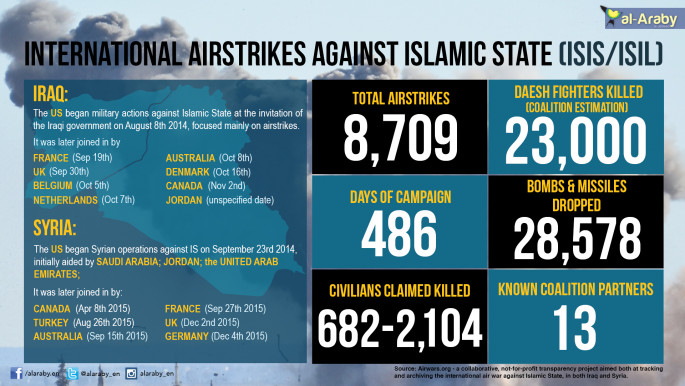Iran could provide 'air support' for Syrian regime
Iran could launch "air and ground support" in Syria and Iraq, to bolster the rule of beleaguered President Bashar al-Assad, according to one of Iran's top military commanders.
Tehran does not have an "official" military fighting presence in Syria, but might be willing to offer direct support to both Damascus and Baghdad, said Brigadier-General Ahmad Reza Pourdastan, commander of Iran's ground forces.
"Iranian presence in Syria and Iraq is advisory in nature but this presence could move to the ground and air," Pourdastan told Iranian state news.
Tehran is thought to have hit a rebel base in Idlib province in October with drones packed with explosives.
| Iranian presence in Syria and Iraq is advisory in nature but this presence could move to the ground and air - Brig-Gen Ahmad Reza Pourdastan |
Iran says it does not have troops fighting on Syria's battlegrounds, but admits to there being a limited number of Iranian "volunteers" supporting the Syrian regime.
In 2012, Iran said it had provided the Syrian military with a small number of special forces serving advisory roles.
These are said to have come from the Quds Force, the overseas wing of the elite Revolutionary Guard, which is seperate to Iran's conventional ground forces.
Its once-secretive commander, Qassem Soleimani, has been spotted on the battlefield with Syrian rebels and was said to have been injured during a firefight in October.
Iran has also provided backing for the Iraqi government, which is fighting Islamic State group forces in the north and west of the country.
Analysts say most of this support comes through supply of materiel and staff to Tehran-leaning Shia militias.
Soleimani has also been spotted with Shia militias in Tikrit and was said to have directed the assault on the city by Iraqi forces, leading to its capture in March.
Reports suggest that dozens of Iranian officers have died fighting in Syria and some of the fallen have been given public funerals in Iran.
 |
| [Click to enlarge] |
Members of the opposition say that Iranian generals now effectively control the Syrian army and militia forces fighting rebels and IS forces.
It is not clear what aerial cover Iran could provide in Syria.
Tehran's air force suffers from crippling shortages of spare parts for their largely US-made fleet.
Iran has been under US-sanctions since 1979, although it managed to keep its F-14 Tomcat fighters active during the Iran-Iraq war, which concluded in 1988.
A number of its US-made aircraft - purchased during the rule of the shah - from the aging fleet have crashed or been grounded owing to a lack of spare parts.
However, US-made F-4 jets from the Iranian air force are thought to have launched an air raid on IS positions in Iraq last year.
Tehran is hoping that when sanctions on Iran are lifted in a nuclear deal between Tehran and Western powers, it might get the machinery needed for its civilian and military aircraft.
Pourdastan also said that Iran was looking at purchasing a number of the Russian-made third-generation T-90 tanks.
IS forces in Syria and Iraq are being bombed by a number of Iran's rivals including the United States, United Kingdom, France, Saudi Arabia and the United Arab Emirates.
Syrian and Russian bombs have mostly been reserved for rebel-held towns in northern and central Syria, leading to tens of thousands of civilian deaths.
Follow Paul McLoughlin on Twitter: @pmcloughlin9



